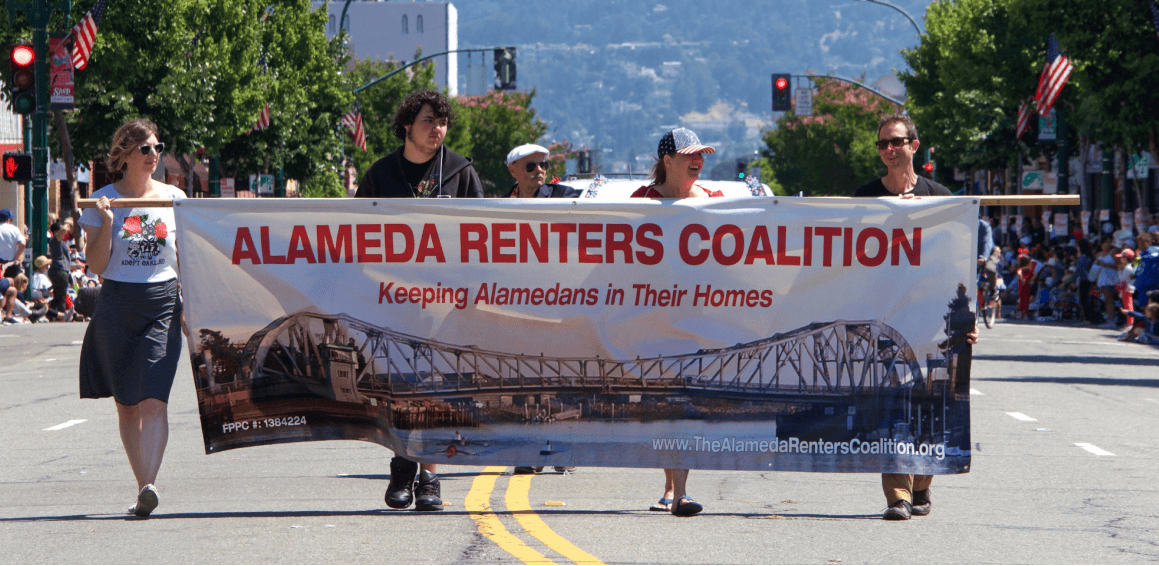How rent control can exacerbate inequality

While people who manage to secure a rent-controlled home will benefit substantially in the long run, these policies can cause landlords to make choices that can exacerbate income inequality, a new working paper from researchers at Stanford University found. The report examined the fallout from a successful 1994 ballot initiative in San Francisco that created rent control protections for small multifamily buildings built before 1980. Here is what the researchers found:
- People who lived in homes that became subject to rent control rules were between 10% and 20% more likely to remain at that address, versus people who weren’t in rent-controlled units.
- The economic benefit to people living in rent-controlled units averaged between $2,300 and $6,660 per person each year.
- Meanwhile, landlords were 10% more likely to convert their building into condos if it became rent controlled. Overall, the rental supply in San Francisco dropped by 6% following the expansion of rent control.
- Rents throughout the city increased by 5.1% as a result — the researchers calculated the total cost to tenants from rent hikes to be $2.9 billion, nearly half of which was paid by residents who moved to San Francisco following the establishment of rent control.
Given the negative repercussions of rent control policies, the researchers argued that other approaches to affordable housing that don’t inherently punish landlords might be more effective, such as creating a tax credit for rent.
Rent deregulation in Cambridge had other benefits
- Improved public safety following rent deregulation represented an economic benefit to the city of between $10 million and $22 million.
- Deregulation led to $2 billion-worth of property value appreciation between 1994 and 2005, findings that are supported by previous research by the newly-minted Nobel laureate Richard Thaler.
Cambridge represents a strong test subject for studying the impact of rent deregulation, according to the paper, which was distributed by the National Bureau of Economic Research. The city’s rent control policy was eliminated following the success of a statewide referendum in 1994. Nearly 60% of Cambridge’s voter’s opposed the referendum, indicating strong support for rent control at the time.
Only a third of Cambridge’s residential units were subject to rent control rules, and the ordinance only applied to buildings constructed before 1969. As a result, many of the buildings affected by the change were concentrated in the same neighborhoods, which allowed researchers to determine better the effect deregulation had. The researchers also compared their findings against the nationwide decrease in crime and to other potential causes of the lower crime rate, including proximity to public transit and public housing.
Rent control regulations are rare across the country
Only four states (California, Maryland, New Jersey and New York) and the District of Columbia have rent-control laws on the books either state-wide or at the municipal level, according to the National Multifamily Housing Council, a trade organization representing the apartment industry.
In another nine states, there are no rent control laws on the books — nor are there laws preempting rent control ordinances. The remaining 37 states either have state laws preempting rent control ordinances at the local level or require local governments to get approval from state legislatures to enact such provisions.
Even though rent control laws are rare, more cities across the country have been exploring them, likely a reflection of soaring housing costs nationwide. Voters have succeeded in putting referenda on the ballots in cities like Glendale, Calif., Newark, N.J., and Portland, Maine, that would create or strengthen rent control laws. And activists in cities like Minneapolis and Seattle are pushing for rents to be regulated, even though their state governments have been rent control ordinances.
A recent poll also found that a 55% majority of voters in California’s Orange and San Diego counties supported rent control policies, according to the Orange County Register.
Other studies show that rent control likely doesn’t work
While rent-control policies are aimed at keeping housing affordable, it often has the reverse effect in practice.
There is evidence that renters pay more in rent-controlled cities, according to the Urban Institute, a Washington, D.C., think-tank. These policies generally raise the rents in uncontrolled apartments. “Given the current research, there seems to be little one can say in favor of rent control,” wrote Peter Tatian, a senior fellow in the Urban Institute’s Metropolitan Housing and Communities Policy Center.
One theory for the increase in property values: Studies have shown that the construction of new rental units decreased in many cities after they implemented rent-control regulations, according to the National Multifamily Housing Council. Consequently, the supply of rental properties may not grow to accommodate increased demand in these cities. Many people will remain in rent-controlled apartments and pass them along to family or friends, meaning that fewer vacancies come up. That leaves people looking for housing with fewer options.
Studies have also found that rent-controlled apartment buildings are kept in worse conditions, a reflection of negligence on the part of landlords and tenants alike.
And further research has also shown that the end of rent control in Cambridge, Mass., led to a significant reduction in crime — and the improved public safety alone represented an economic benefit of between $10 million and $22 million, according to a working paper by researchers from the Massachusetts Institute of Technology.
Source: marketwatch.com















 Accessibility
Accessibility